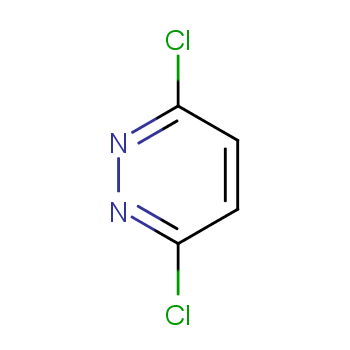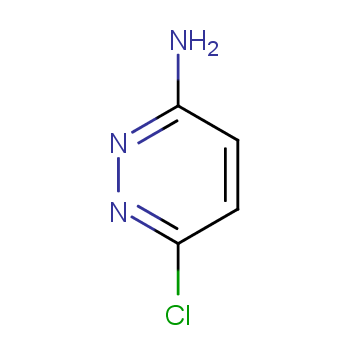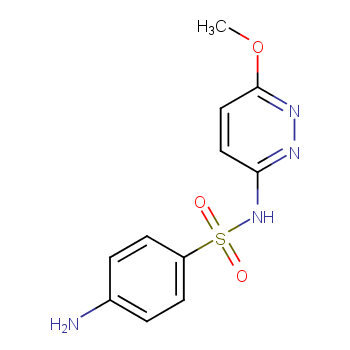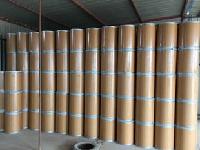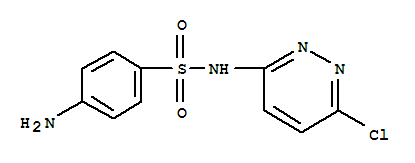-
SULFACHLOROPYRIDAZINE
- CAS:80-32-0
- MW:284.718
- MF:C10H9ClN4O2S
SULFACHLOROPYRIDAZINE, with the chemical formula C10H9ClN4O2S and CAS registry number 80-32-0, is a compound known for its antimicrobial properties. This white crystalline powder is a member of the sulfonamide class of antibiotics and is commonly used in veterinary medicine to treat bacterial infections in animals. Sulfachloropyridazine works by inhibiting the growth of bacteria by interfering with the synthesis of folic acid, an essential nutrient for bacterial survival. It is effective against a wide range of gram-positive and gram-negative bacteria, making it a valuable tool in the fight against bacterial infections. However, it is important to note that the use of sulfachloropyridazine in humans is limited due to the development of resistance and the availability of more effective antibiotics. Overall, sulfachloropyridazine plays a crucial role in veterinary medicine and continues to be an important tool in the treatment of bacterial infections in animals.
View more+
1. Names and Identifiers
2. Properties
3. Use and Manufacturing
4. Safety and Handling
5. MSDS
6. Synthesis Route
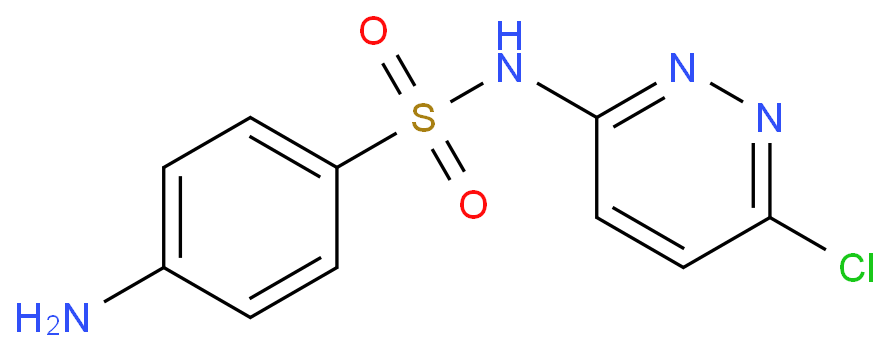
 EN
EN






